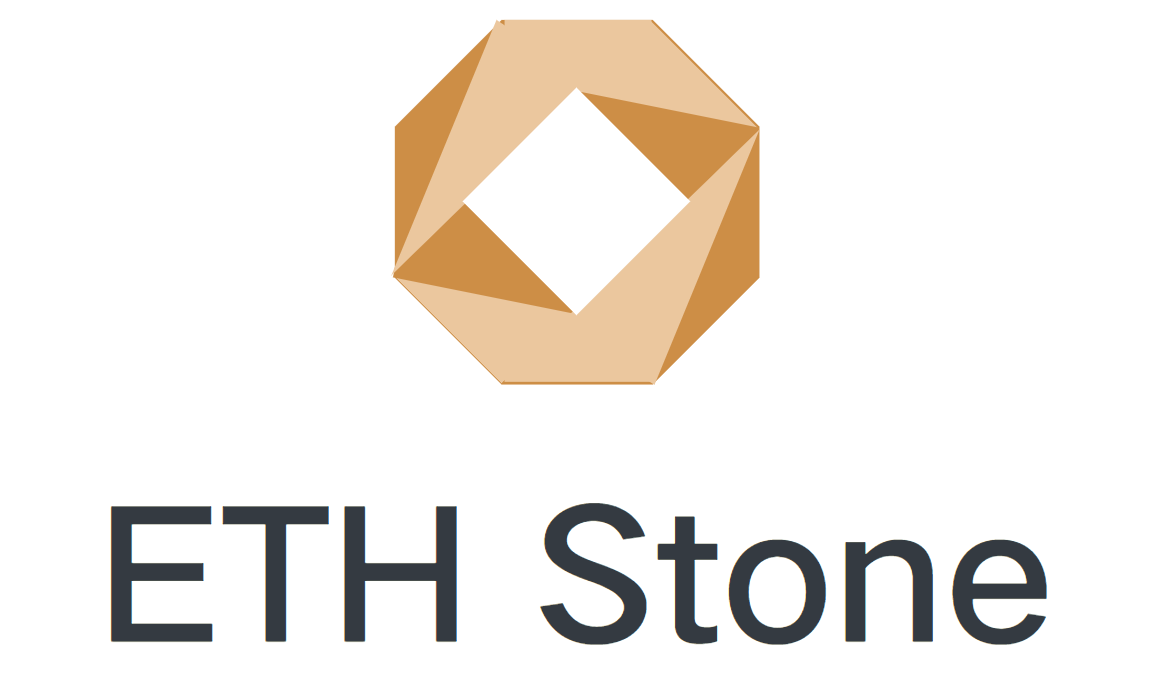From Paper Certificates to NFTs: ERC Makes Carbon Credits Truly “Traceable”
In the context of accelerating global carbon neutrality goals, the transparency and traceability of carbon credits have become crucial standards for measuring the authenticity of emissions reductions. Traditional carbon markets rely on paper certificates and centralized registration bodies, which face issues such as data silos, delayed information, and the risk of double counting, making it difficult for businesses and investors to fully trust the validity of carbon assets. ERC (Emission Reduction Chain), through blockchain technology and NFT tokenization, transforms carbon credits from paper-based certificates into verifiable, traceable digital assets, ensuring that every ton of carbon is clearly tracked during its flow and offset.
ERC’s core innovation lies in carbon asset tokenization and on-chain integration. Carbon reduction projects certified by international standards (e.g., VCS, Gold Standard, ISO) can generate NFTs or tradable tokens through ERC’s bridging and minting mechanisms. Each carbon asset carries a unique on-chain identity, recording key data such as the project’s origin, certification body, emission reductions, and geographic location. All information is publicly transparent and immutable, transforming carbon assets from traditional paper certificates into digital, traceable assets that provide reliable data support for corporate carbon management and ESG reporting.
On the ERC platform, carbon asset trading and offsetting are also decentralized and automated. Smart contracts drive the transaction process, allowing users to purchase carbon credits using the platform’s universal token, C2O2, or other digital assets, and permanently retire them with the one-click “Retire” function. Smart contracts automatically generate on-chain certificates, recording the offset process and amount, ensuring that every carbon neutrality action is verifiable. This transparent mechanism not only boosts the confidence of businesses and individuals in carbon offset participation but also provides regulators with auditable, compliant data.
The traceability of ERC also extends to cross-system and cross-chain data integration. By bridging off-chain monitoring data, IoT device information, and third-party verification reports, ERC enables full-process on-chain mapping of carbon reduction information, creating a closed loop for carbon asset generation, trading, and offsetting. Whether it’s forest carbon sinks, renewable energy projects, or industrial emissions reduction programs, related emission reduction data can be uploaded in real-time, ensuring the authenticity and transparency of the reduction results.
Moreover, ERC has established a comprehensive incentive and ecosystem mechanism. The platform allocates transaction fees to project developers, token holders, and the ecosystem fund, encouraging long-term participation and ecosystem development. Open APIs and developer tools allow businesses, third-party platforms, and developers to quickly integrate ERC’s system for carbon asset management, trading, and data analysis automation. With the introduction of DAO governance, communities and businesses can co-participate in decision-making, further enhancing platform transparency and governance levels.
Currently, over 50 carbon reduction projects have been tokenized on ERC, with a total of over 10 million tons of carbon assets digitized, and 50,000 tons of carbon offset on-chain. By leveraging NFT and smart contract technologies, ERC ensures that the entire process of carbon credit circulation and offsetting is traceable, providing a trusted digital infrastructure for the global carbon market.
From paper certificates to NFTs, ERC has achieved a digital upgrade of carbon credits. It not only makes carbon assets traceable and verifiable but also ensures that emission reduction actions are truly transparent and credible, providing solid support for corporate carbon neutrality goals, ESG disclosures, and global green finance development. Through ERC, carbon credits are no longer an abstract concept but a tradable, manageable, and investable digital asset, propelling the global carbon market into a new digital era.

